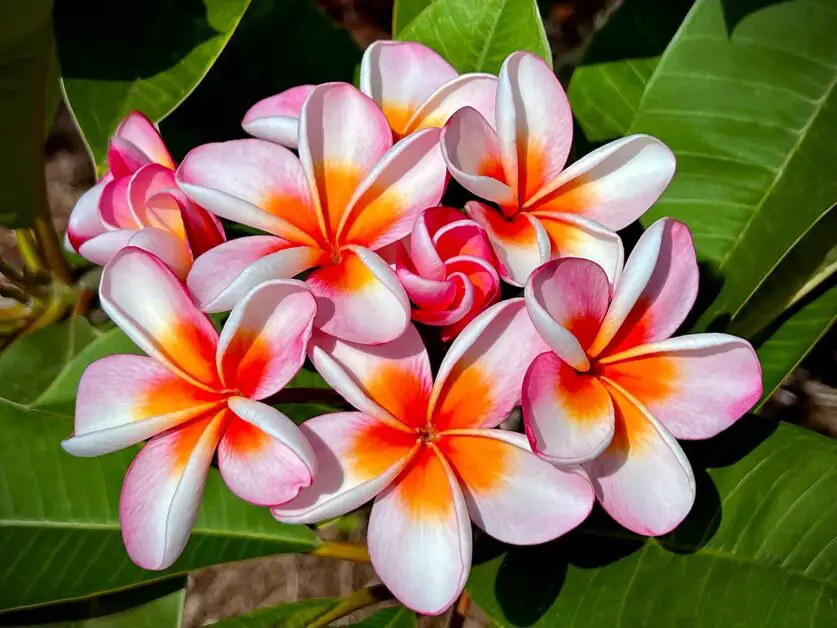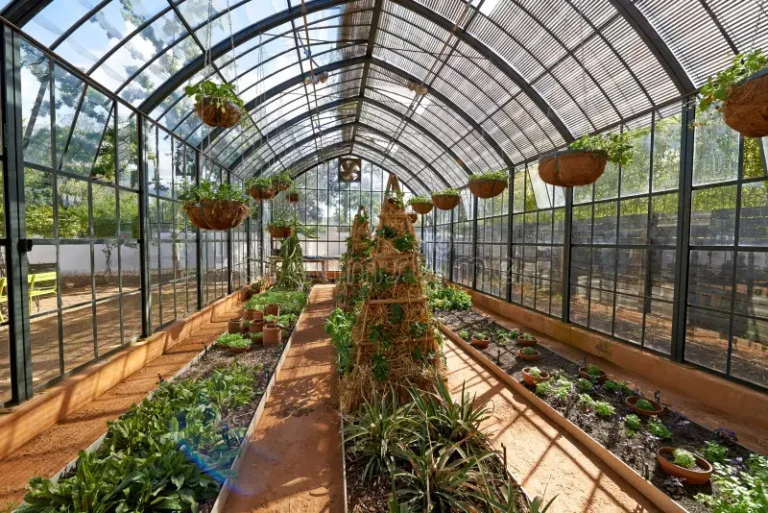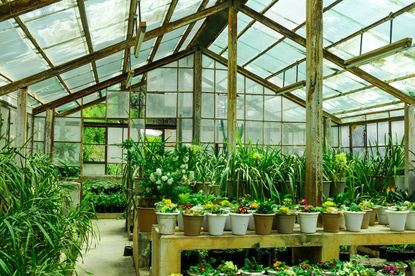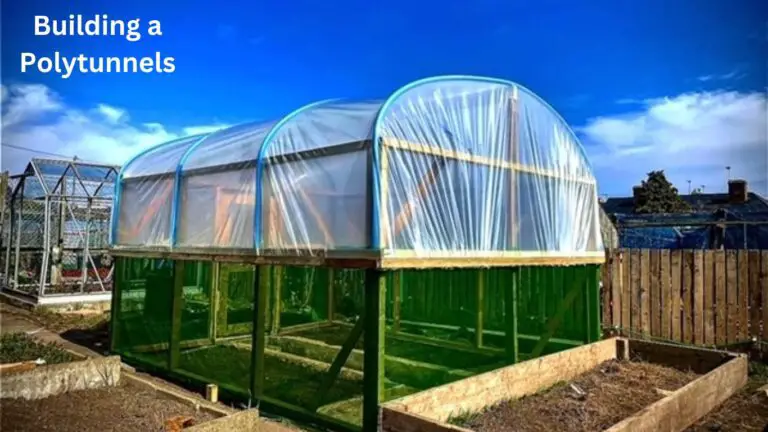Plumeria Care: Tropical Beauty Cultivation
Why Choose Plumerias for Your Garden
Plumerias, also known as frangipani, are popular among gardeners for their stunning and fragrant flowers. These tropical plants offer a wide range of colorful blooms, from vibrant pinks and yellows to delicate whites, making them a beautiful addition to any garden landscape. Furthermore, plumerias are relatively low-maintenance and can thrive in various climates, making them a versatile choice for both experienced gardeners and novices.
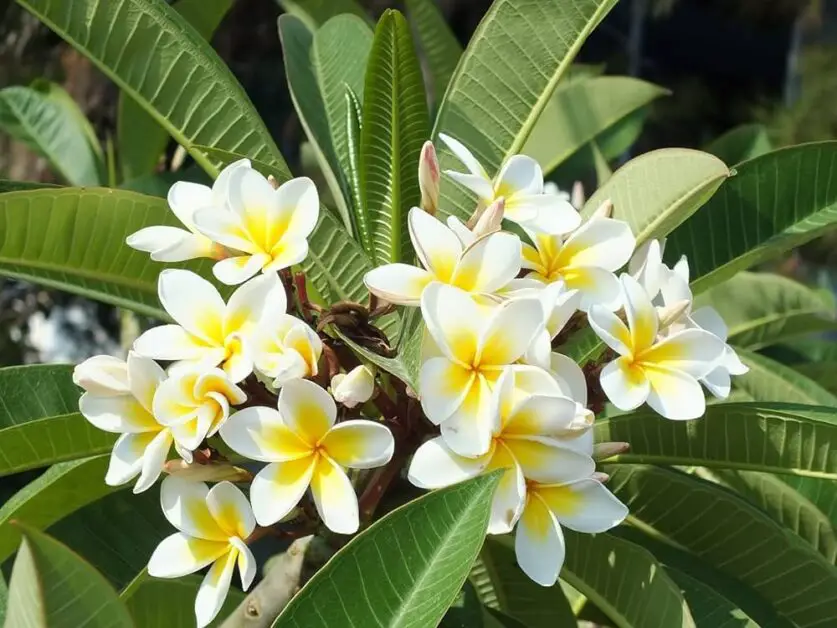
In addition to their beauty, plumerias hold cultural significance in many regions, symbolizing love, positivity, and spirituality. Their enchanting scent and elegant appearance make them a favorite for creating leis in Hawaiian traditions and adding a touch of exotic flair to floral arrangements. Whether you’re looking to enhance your garden’s aesthetic appeal or infuse it with a touch of tropical charm, plumerias are an excellent choice that promises to delight the senses and elevate the ambiance of your outdoor space.
Ideal Growing Conditions for Plumerias
Plumerias are tropical plants that thrive in warm, sunny climates. To ensure optimal growth and blooming, it is essential to provide them with the right growing conditions. Plumerias require full sunlight for at least 6 hours a day to flourish. Additionally, they prefer well-draining soil to prevent root rot and other moisture-related issues. In regions with cooler temperatures, plumerias can be grown in containers that can be moved indoors during winter months. Proper air circulation is also crucial to prevent the development of fungal diseases in plumerias, so be mindful of planting them in crowded areas. Remember, a happy plumeria is a well-placed plumeria in your garden.
In terms of temperature, plumerias thrive in temperatures between 65°F to 80°F (18°C to 27°C). These plants are sensitive to cold temperatures, so it’s essential to protect them from frost and chilly winds. If you live in a region with colder winters, consider growing plumerias in containers that can be brought indoors during the colder months. Plumerias are not fans of wet feet, so ensure that the soil has good drainage to prevent waterlogging. Overwatering can be detrimental to plumerias, leading to root rot and other issues. By providing the ideal growing conditions, you can enjoy vibrant blooms and healthy plumeria plants in your garden.
Selecting the Right Variety for Your Climate
When selecting the right variety of plumerias for your garden, it is crucial to consider the climate in which they will be grown. Plumerias are native to tropical and subtropical regions, so they thrive in warm, sunny conditions. Different varieties exhibit varying levels of cold tolerance, making it essential to choose one that aligns with the climate of your location. For instance, if you reside in a cooler climate, opt for varieties like the ‘Celadine’ or ‘Samoan Fluff’ that are more cold-resistant.
Furthermore, the bloom time of plumerias can be influenced by climate factors such as temperature and daylight hours. In regions with shorter growing seasons, selecting a variety that blooms earlier in the year can ensure a more extended period of vibrant flowers in your garden. Conversely, in areas with milder winters and longer summers, you may have the flexibility to choose varieties that bloom later without risking flower loss due to colder temperatures. Ultimately, matching the plumeria variety to your specific climate conditions can lead to a more successful and visually appealing garden display.
Preparing the Soil for Optimal Growth
To achieve optimal growth and blooming in your plumerias, preparing the soil with the right nutrient composition is crucial. Plumerias thrive in well-draining soil with a slightly acidic to neutral pH level ranging from 6.0 to 7.0. A soil test can help determine the pH level and nutrient deficiencies, enabling you to amend the soil accordingly. Incorporating organic matter such as compost or well-rotted manure can improve soil structure and fertility, promoting healthy root development and nutrient uptake by the plants.
Additionally, a balanced fertilizer specifically formulated for flowering plants can be beneficial for plumerias. Look for a fertilizer with a higher phosphorus content to encourage blooming. Before planting, mix the fertilizer into the soil according to the manufacturer’s instructions to provide the plumerias with essential nutrients for vigorous growth and abundant flowers. Remember to monitor the soil moisture levels regularly to ensure the plumerias are not sitting in waterlogged conditions, which can lead to root rot. By preparing the soil thoughtfully, you set a solid foundation for your plumerias to thrive and adorn your garden with their beautiful blooms.
Watering Techniques for Healthy Plumerias
Plumerias are beautiful and exotic plants that require proper watering techniques to thrive. Overwatering can lead to root rot and other issues, while underwatering can cause stress and hinder growth. Finding the right balance is key to keeping your plumerias healthy and vibrant.
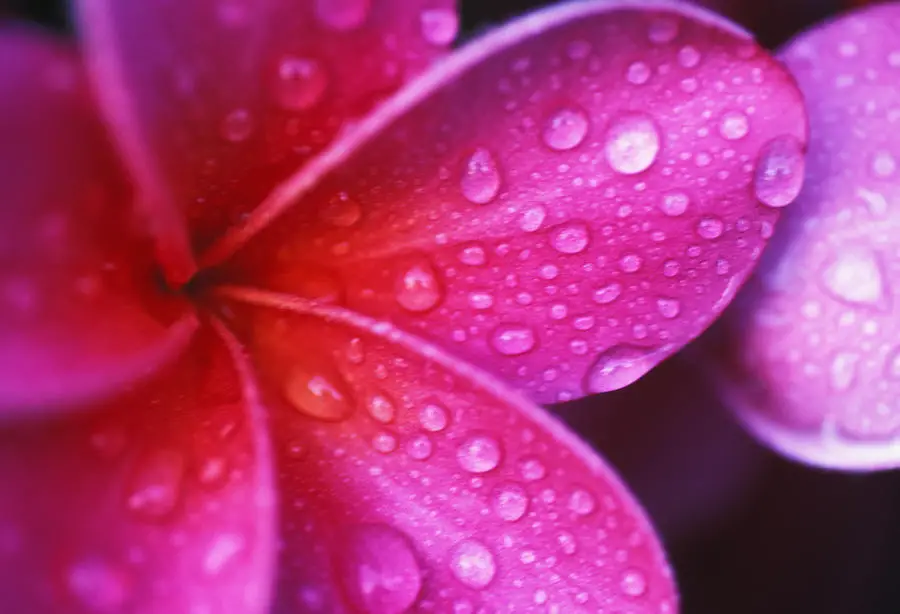
To ensure healthy plumerias, it’s essential to water deeply but infrequently. Allow the soil to dry out slightly between waterings to prevent root rot. During the growing season, water when the soil is dry to the touch about 1-2 inches deep. In hotter climates or during periods of intense sunlight, you may need to water more often to prevent dehydration. Additionally, consider using a well-draining soil mix to help excess water escape and prevent waterlogged conditions. By following these watering techniques, you can help your plumerias flourish and showcase their stunning blooms in your garden.
Fertilizing Schedule for Vibrant Blooms
To ensure your plumerias produce vibrant blooms throughout the growing season, it’s crucial to follow a consistent fertilizing schedule. Plumerias are heavy feeders, requiring a balance of essential nutrients to promote healthy growth and abundant flowering. A high-quality, water-soluble fertilizer formulated specifically for blooming plants is recommended for optimal results.
During the active growing season, from spring to early fall, fertilize your plumerias every 2-3 weeks. Use a fertilizer with a balanced NPK ratio, such as 10-30-10, to support blooming and flower development. Adjust the frequency and dosage based on the size and age of your plants, always following the manufacturer’s instructions to prevent overfertilization. Remember, a well-planned fertilizing schedule is key to nurturing your plumerias for vibrant and long-lasting blooms.
Pruning Tips to Promote Growth and Shape
Pruning plumerias is essential for promoting healthy growth and maintaining a desired shape. Regular pruning encourages the plant to allocate its resources more efficiently, leading to increased flower production and overall vigor. One key tip for pruning plumerias is to always use sharp, clean tools to make precise cuts that minimize damage to the plant. This helps prevent any unnecessary stress or entry points for diseases. Additionally, it’s crucial to prune plumerias in the dormant season to stimulate new growth and ensure a strong framework for the upcoming blooming season.
When pruning plumerias, focus on removing dead or diseased branches first to prevent the spread of any infections. Next, selectively prune overcrowded areas to improve air circulation and light penetration, which are essential for healthy growth. To shape your plumeria plant, envision its desired form and gradually trim back branches to achieve the desired silhouette. Remember to step back periodically to assess the plant’s overall balance and make adjustments accordingly. By following these pruning tips, you can promote optimal growth and shape in your plumeria, leading to a more vibrant and visually appealing addition to your garden.
Protecting Plumerias from Pests and Diseases
To protect your precious plumerias from the threat of pests and diseases, it is essential to adopt proactive measures. One effective method is to regularly inspect your plants for any signs of infestation or infection. Look out for common pests such as aphids, mealybugs, spider mites, and scale insects, which can wreak havoc on your plumerias if left unchecked. Early detection allows for prompt intervention, preventing the spread of these nuisances throughout your garden.
In addition to vigilant monitoring, another key strategy for safeguarding your plumerias is practicing good hygiene and sanitation in your garden. Remove any fallen leaves, flowers, or debris from around your plants, as these can harbor pests and pathogens. Prune away any diseased or damaged parts of the plant to prevent the spread of infection. By maintaining a clean and tidy growing environment, you can reduce the risk of pest infestations and diseases, ensuring the health and vitality of your beautiful plumerias.
Some of the potential pests and diseases of plumeria and their solution in given below in a table:
| Pest/Disease | Description |
|---|---|
| Aphids | Soft-bodied insects causing yellowing and stunted growth. Control with soap or neem oil spray, beneficial insects, and hand removal. Avoid over-fertilizing. |
| Mealybugs | Cottony insects sucking sap, leading to yellowing. Treat with alcohol, soap, or oil spray, and prune heavily infested parts. |
| Scale Insects | Brown or black bumps causing yellowing and wilting. Manage with horticultural oil, pruning, and regular monitoring. |
| Whiteflies | Tiny insects on leaf undersides causing yellowing. Control with soap or oil spray, natural predators, and weed removal. |
| Leaf Spot | Fungal disease with dark spots leading to defoliation. Avoid overhead watering, use fungicide, and remove infected leaves. |
| Powdery Mildew | White fungal growth causing distorted growth. Improve air circulation, use fungicidal spray, and remove infected parts. |
| Root Rot | Fungal disease causing root decay and wilting. Prevent with well-draining soil, avoid overwatering, and apply fungicide. |
Propagating Plumerias from Cuttings or Seeds
Propagating Plumerias from cuttings is a popular method among gardeners due to its reliability and efficiency. When selecting a cutting, opt for a healthy stem approximately 12-18 inches long with at least 3 nodes present. Remove any leaves from the lower section of the cutting to prevent excess moisture loss during the propagation process. Dip the cut end in a rooting hormone to promote root development and plant the cutting in a well-draining soil mixture. Place the cutting in a warm, bright location, ensuring it receives indirect sunlight. Mist the cutting regularly to maintain humidity levels and encourage rooting.
Alternatively, propagating Plumerias from seeds can be a rewarding but lengthier process. Start by soaking the seeds in warm water for 24 hours to soften the seed coat and enhance germination. Plant the seeds in a seed-starting mix, ensuring they are covered lightly with soil. Maintain consistent moisture levels without overwatering to prevent seed rot. Place the seed tray in a warm location with indirect sunlight and cover it with a plastic dome to create a mini greenhouse environment. Be patient, as germination can take anywhere from a few weeks to several months.
Transplanting Plumerias to Larger Containers
Transplanting your plumerias to larger containers is a crucial step to ensure their continued health and growth. As plumerias grow, they require more space for their root systems to expand and access essential nutrients. By transplanting them into larger containers, you provide them with the room they need to thrive and develop into beautiful, vibrant plants. The process of transplanting plumerias to larger containers is relatively straightforward but requires careful handling to minimize root disturbance and shock to the plant.
When selecting a new container for your plumerias, opt for a pot that is 2-4 inches larger in diameter than their current one to allow for ample root growth. Ensure the new container has adequate drainage holes to prevent waterlogging, which can lead to root rot. Before transplanting, gently loosen the plant from its current container and place it in the center of the new container. Fill in the gaps with fresh, well-draining potting mix, pressing down lightly to secure the plant in place. Water the plant thoroughly after transplanting to help it settle into its new home and continue to monitor its growth and adjust care accordingly.
Overwintering Strategies for Plumerias
To protect your plumerias during the colder months, it is crucial to have a solid overwintering strategy in place. Plumerias are sensitive to frost and chilly temperatures, so it is essential to safeguard them from harsh weather conditions. One effective method is to bring your potted plumerias indoors before the first frost hits. Place them in a well-lit area away from drafts, ensuring they receive sufficient sunlight to maintain their health during the winter dormancy period.
Alternatively, if your plumerias are planted directly in the ground, you can opt for insulating methods such as covering them with a thick layer of mulch or using frost cloth to protect them from extreme cold. It is also advisable to prune back any damaged or overgrown branches before winter sets in to encourage healthy regrowth in the spring. By implementing these overwintering strategies, you can help your plumerias survive the colder months and thrive when the warmer weather returns.
The strategies of overwintering plumeria is given below:
| Strategy | Description |
|---|---|
| Indoor Storage | Bring plumerias indoors in winter, placing them in bright areas away from heating vents. Water sparingly and prune to encourage dormancy. |
| Cold Protection | Mulch around plumeria base and cover with frost cloth during frosty nights. Avoid overwatering. |
| Pruning and Storage | Prune in late fall, store in cool, dark place with infrequent watering. Monitor for pests. |
| Dormancy in Greenhouses | Place in greenhouse with temps above freezing but below 55°F (13°C). Reduce watering and ensure ventilation. |
Tips for Encouraging Flowering in Plumerias
Plumerias are renowned for their exquisite and fragrant blooms, making them a desirable addition to any garden. To encourage prolific flowering in your plumerias, it is essential to provide them with adequate sunlight. Plumerias thrive in full sun conditions, receiving at least 6-8 hours of direct sunlight daily.
In addition to sunlight, proper watering is crucial for promoting flowering in plumerias. It is recommended to water plumerias deeply but infrequently, allowing the soil to dry out slightly between waterings. Overwatering can lead to root rot and inhibit flowering, so it is vital to strike a balance in your watering routine. By ensuring optimal sunlight exposure and practicing appropriate watering techniques, you can encourage your plumerias to produce an abundance of beautiful blooms.
Creating a Stunning Plumeria Display in Your Garden
Plumerias are not only beautiful flowers but also versatile plants that can be creatively displayed in your garden to enhance its aesthetics. To create a stunning Plumeria display, consider mixing different varieties of Plumerias to add a variety of colors, shapes, and sizes to your garden. Planting them in clusters or rows can help create an impactful visual effect, while placing them strategically around other plants or garden features can create a harmonious flow in your outdoor space.
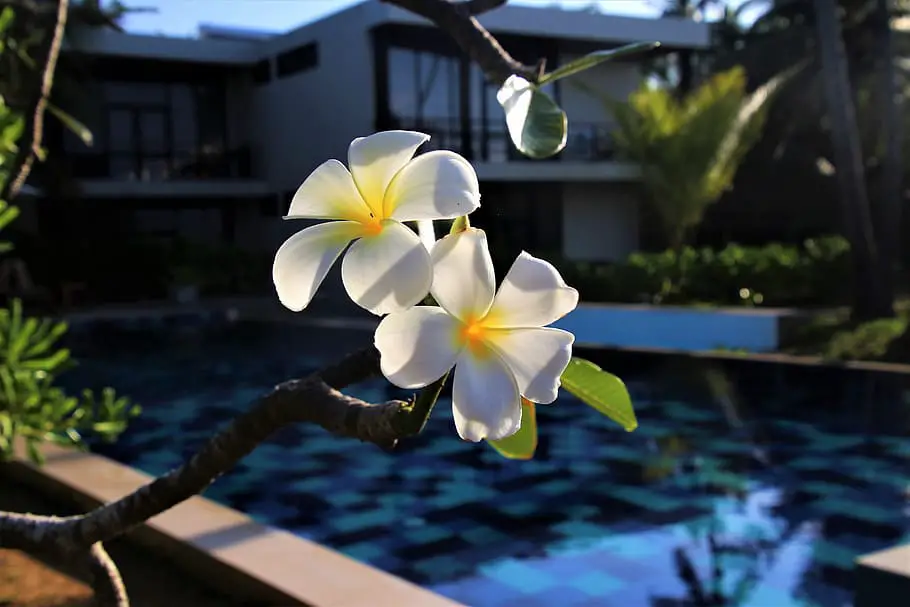
Additionally, utilizing different-sized containers or potting them in decorative planters can elevate the visual appeal of your Plumeria display. Make sure to place your Plumerias in locations that receive ample sunlight and offer proper drainage to ensure their healthy growth and blooming. By incorporating these design elements and considerations, you can create a captivating and visually appealing Plumeria display that will be a focal point in your garden.
Harvesting and Using Plumeria Flowers
When it comes to harvesting and using plumeria flowers, timing is crucial. The best time to harvest plumeria flowers is in the early morning when the blooms are fresh and fragrant. Gently pluck the flowers, making sure to avoid damaging the stem. Once harvested, plumeria flowers can be used in various ways, from creating stunning flower arrangements to making fragrant leis and essential oils. The sweet scent of plumeria flowers can bring a touch of tropical paradise to your home.
To use plumeria flowers for making essential oils, you can air-dry the freshly harvested blooms in a cool, dark place. Once dried, the flowers can be soaked in a carrier oil like coconut or almond oil to extract the fragrant essence. This plumeria-infused oil can be used in aromatherapy, skincare products, or as a natural perfume. Additionally, plumeria flowers can be dried and preserved for decorative purposes, adding a touch of elegance to your home decor.
Watch the video to learn more about plumeria.
Benefits of Growing Plumerias in Your Landscape
Plumerias offer a myriad of benefits when integrated into your landscape. These enchanting tropical plants not only add a touch of exotic beauty to your garden but also attract pollinators like butterflies and hummingbirds, enhancing the biodiversity of your outdoor space. Additionally, the delightful fragrance of plumeria flowers can create a soothing and relaxing ambiance, perfect for unwinding after a long day. With their diverse color palette and elegant blooms, plumerias are sure to elevate the aesthetic appeal of your landscape, turning it into a vibrant paradise that beckons admiration from all who behold it.
Moreover, cultivating plumerias in your garden can bring forth a sense of accomplishment and satisfaction as you witness these plants thrive and flourish under your care. Their low maintenance requirements make them an ideal choice for both experienced gardeners and beginners alike, providing a rewarding experience that is both visually captivating and emotionally fulfilling. Whether you choose to showcase them as standalone specimens or incorporate them into a larger landscape design, plumerias undoubtedly offer a multitude of benefits that can transform your outdoor environment into a sanctuary of natural beauty and tranquility.
Can plumerias survive in cold climates?
Plumerias are tropical plants and are not cold hardy. They do best in warm climates where temperatures do not drop below 50°F.
How often should I water my plumeria plants?
Plumerias prefer well-draining soil and should be watered deeply but infrequently. Water them when the top inch of soil is dry, usually once a week during the growing season.
Do plumerias attract bees and other pollinators?
Yes, plumeria flowers are highly attractive to bees, butterflies, and other pollinators, making them a great addition to a pollinator-friendly garden.
Can I grow plumerias indoors?
Plumerias can be grown indoors in containers as long as they receive plenty of sunlight. They may need to be moved outdoors during the warmer months to promote healthy growth and flowering.
Are plumeria flowers fragrant?
Yes, plumeria flowers have a sweet, tropical fragrance that is highly prized in Hawaiian leis and other decorative arrangements.
Can I use plumeria flowers for any medicinal purposes?
While plumeria flowers are mainly grown for their ornamental value, some cultures believe in the medicinal properties of plumeria extracts for treating various ailments.
How long does it take for a plumeria plant to bloom?
Plumeria plants typically begin blooming when they reach 1-2 years of age, depending on growing conditions and care.
Can I grow different varieties of plumerias together in the same garden?
Yes, you can grow different varieties of plumerias together in the same garden as long as they have similar growing requirements and are spaced appropriately to prevent overcrowding.

